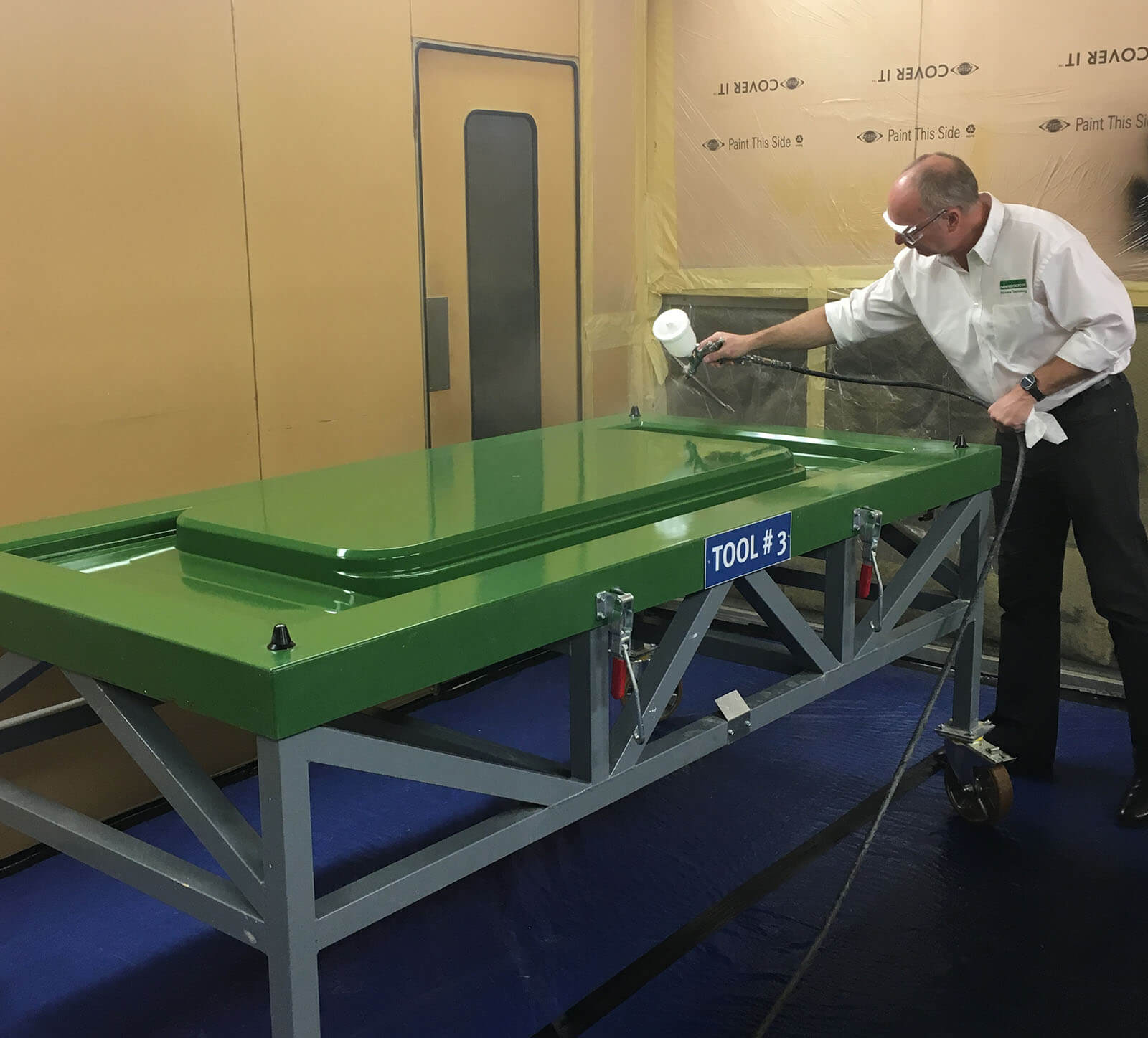FAQ’s
Frequently Answered Questions
Take a look through out most commonly answered questions and if you can’t find the answer you’re looking for, get in contact with us using the form at the bottom of the page.
What is an IMR?
What is a semi-permanent?
How do we avoid de-wetting?
Can I have a matt release agent?
Why is silicone an issue?
Unfortunately it readily transfers, can pollute with airborne particles, will make the work area a slip hazard, interferes with paint systems & bonding. Generally banned in the automotive industry it does nevertheless have its applications, and we have sold some from time to time
Mould coatings... are they a solution?
We have a Marbocote solution for rejuvenating & enhancing moulds which surpasses anything else on the market, easy to apply, totally impervious, very hard, a real world answer to tired & over repaired moulds
Importance of cleanliness
Can I change my release agent?
How do I choose the correct release agent?
The correct choice for you will be determined by many factors such as process, speed, post mould considerations, mould material & temperature.
We spend a lot of time making sure our customers get it right first time, mould release is an essential rate determining step in your process & ultimately controls the quality of the end product, correct choice is vital
Why shelf life is important?
With reactive curing systems this is obvious, with blends they may separate with time especially at low temperatures. We have determined the conditions to ensure our products give optimum performance, they must be adhered to
Why use a polyester veil?
Can we produce accurate embedded images?
Contact Us
The best way to get in contact with us is by sending a message - we'll get back to you as soon as we can.
CRC Ltd - 4 Highcliffe Court Greenfold Lane Wetherby LS22 6RG
Tel. +44 1423 569715
Follow us on LinkedIn:


